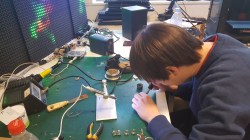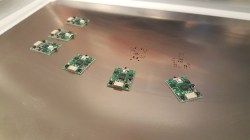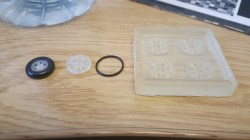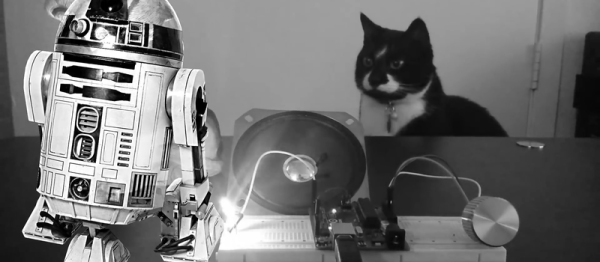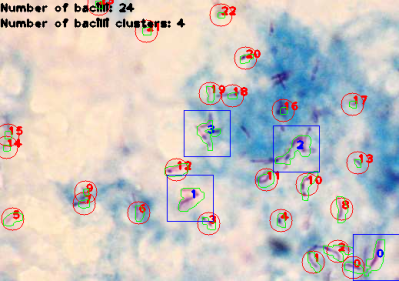In 1820, Hans Christian Oersted discovered the needle of a compass would deflect when placed next to a wire carrying an electric current. It took 15 years for the first electric motor to be invented following this observation. Humans are dumb, but perhaps they wouldn’t be so oblivious to the basic facts of our reality if they could see magnetic fields. Or if they just had a 3D printer. For his Hackaday Prize entry, [Ted Yapo] is doing just this: adding a magnetic field scanner to a 3D printer, allowing for the visualization of magnetic fields in three dimensions.
The device [Ted] is working on is actually extremely simple, and is mostly implemented in software. The hardware is just a 3D printer with a toolhead consisting of a HMC5883L magnetometer breakout board. This is the simplest and easiest way to find the direction and intensity of a magnetic field, the rest of the work is done in software.
Right now, [Ted] has a setup that will scan a 3D volume with a printer. By placing a magnet in the middle of the print bed, he can visualize the magnetic field inside the volume of his 3D printer. It’s a visualization that is vastly superior to a compass, ferrofluid, or even a mess of iron filings, and is surely a much better pedagogical apparatus for classrooms and science museums alike.









